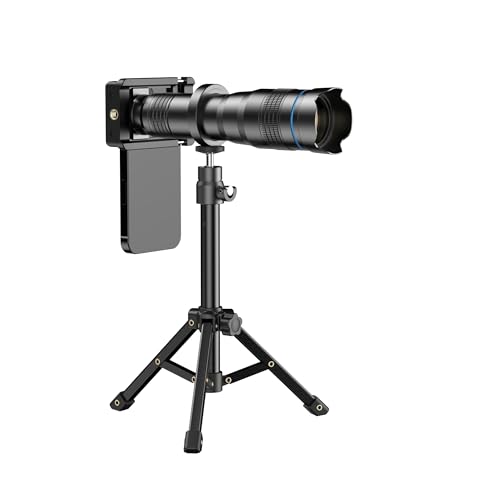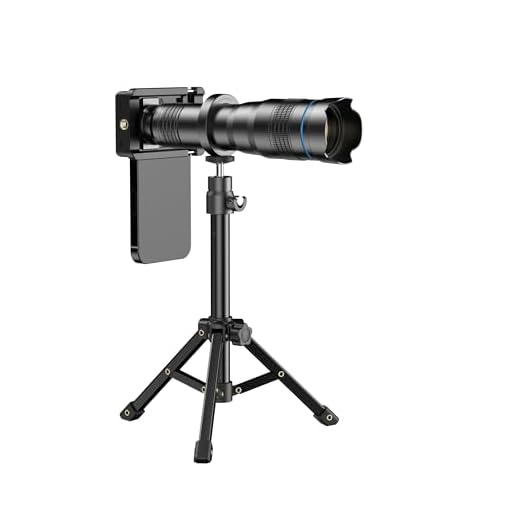


When it comes to smartphone photography, the iPhone is often considered one of the best in the game. With each new model, Apple consistently improves the camera technology, leading to stunning photos and videos. But one question that often comes up is: do iPhone cameras have aperture?
The short answer is yes, but with a twist. Unlike traditional cameras with physical aperture blades, iPhone cameras use a fixed aperture that is controlled by software. This means that the aperture size cannot be physically adjusted like on a DSLR camera, but it can be digitally manipulated to achieve similar effects.
So, while iPhone cameras do have an aperture, it operates differently than a traditional camera. The software-based aperture control allows for precise adjustments to the depth of field, creating beautiful bokeh effects and sharp focus where it matters most. This innovative approach to aperture control is one of the reasons why iPhone cameras are so highly regarded in the world of smartphone photography.
Understanding the Camera Aperture
The aperture of a camera lens refers to the opening that allows light to pass through to the image sensor. It plays a crucial role in determining the amount of light that reaches the sensor and the depth of field in a photograph.
The aperture is typically represented by an f-stop value, such as f/2.8 or f/11. A lower f-stop number indicates a larger aperture opening, allowing more light to enter the camera. On the other hand, a higher f-stop number means a smaller aperture opening, resulting in less light reaching the sensor.
Effects of Aperture:
The aperture setting not only affects the exposure of the image but also influences the depth of field. A wider aperture (lower f-stop) creates a shallow depth of field, resulting in a blurred background and emphasizing the subject. In contrast, a narrower aperture (higher f-stop) increases the depth of field, keeping more of the scene in focus.
| Aperture (f-stop) | Effect |
|---|---|
| f/2.8 | Shallow depth of field, ideal for portraits |
| f/8 | Moderate depth of field, suitable for landscapes |
| f/16 | Greater depth of field, good for architectural photography |
Importance of Aperture in Photography
Aperture plays a crucial role in photography as it controls the amount of light entering the camera lens. A wider aperture (small f-stop number) allows more light to reach the sensor, resulting in a brighter image. On the other hand, a narrower aperture (larger f-stop number) lets in less light, producing a darker image.
Besides light control, aperture also affects depth of field in a photograph. A wide aperture creates a shallow depth of field, blurring the background and emphasizing the subject. In contrast, a narrow aperture increases the depth of field, keeping more of the image in focus.
Understanding how aperture works and its impact on your photos is essential for creating visually appealing and impactful images. Experimenting with different aperture settings can help you achieve the desired effect and enhance the overall quality of your photography.
Exploring the Aperture Settings on iPhone Cameras
When it comes to iPhone cameras, one common question that arises is whether they have aperture settings. Unlike traditional cameras with adjustable apertures, iPhones have a fixed aperture that varies depending on the model. The aperture on an iPhone camera is not adjustable by the user, but it plays a crucial role in determining the depth of field and overall image quality.
The aperture of an iPhone camera refers to the size of the opening through which light enters the lens. A larger aperture lets in more light, which is beneficial in low-light conditions, while a smaller aperture allows for a greater depth of field, keeping more of the image in focus. iPhones typically have a wide aperture, which helps in capturing sharp images even in challenging lighting situations.
While iPhone users may not have the ability to manually adjust the aperture settings, they can still achieve stunning results by understanding how the fixed aperture impacts their photography. Experimenting with composition, lighting, and focus can help users make the most of their iPhone camera’s aperture to capture beautiful and professional-looking photos.
Comparison of Aperture in Different iPhone Models
One of the key factors that determine the quality of photos taken with an iPhone camera is the aperture size. The aperture controls the amount of light that enters the camera lens, affecting the depth of field and overall image quality. Here is a comparison of the aperture sizes in different iPhone models:
| iPhone Model | Aperture Size |
|---|---|
| iPhone 12 Pro Max | f/1.6 |
| iPhone 11 Pro | f/1.8 |
| iPhone XS | f/1.8 |
| iPhone XR | f/1.8 |
Understanding Aperture:
The aperture size is represented by an f-stop number, with a lower f-stop indicating a larger aperture. A larger aperture allows more light to enter the lens, which is beneficial for low-light photography and creating a shallow depth of field. iPhones with larger aperture sizes tend to perform better in low-light conditions and produce photos with a pleasing background blur effect.
Effects of Aperture on Image Quality
The aperture of a camera lens plays a crucial role in determining the image quality of a photograph. The aperture controls the amount of light that enters the camera and also affects the depth of field and sharpness of the image.
1. Depth of Field:
The aperture size directly impacts the depth of field in a photograph. A wider aperture (lower f-stop number) results in a shallower depth of field, where the subject is in focus while the background is blurred. On the other hand, a smaller aperture (higher f-stop number) increases the depth of field, making more of the scene in focus.
2. Sharpness:
The choice of aperture also affects the overall sharpness of the image. While a wide aperture can create a pleasing bokeh effect, it may lead to softer edges and lower overall sharpness. In contrast, a smaller aperture can increase the overall sharpness of the image but may introduce diffraction, especially at very small apertures.
- Choose the right aperture based on the desired depth of field and sharpness.
- Experiment with different apertures to achieve the desired creative effects.
- Consider the lighting conditions and subject when selecting the aperture.
Tips for Adjusting Aperture Settings on iPhone Cameras
Adjusting the aperture settings on your iPhone camera can help you capture stunning photos with depth and clarity. While iPhone cameras don’t have a physical aperture like traditional cameras, you can still control the depth of field and exposure by using the camera settings.
1. Use Portrait Mode
Portrait Mode on newer iPhone models simulates a shallow depth of field by using software algorithms. This can help you achieve a professional-looking bokeh effect, where the subject is sharp and the background is blurred.
2. Adjust Exposure
By adjusting the exposure settings in the camera app, you can control how much light enters the lens. This can help you capture well-exposed photos in different lighting conditions and create the desired mood in your images.







